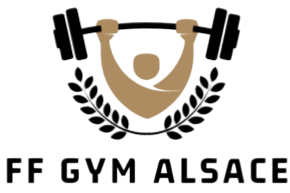Setting up a professional home recording studio can seem like a costly task, but it’s also an exciting and fulfilling effort. Luckily, you may get excellent outcomes without overspending with proper planning and some creativity. Whether your profession is audio engineering, podcasting, or music, setting up a home recording studio on a budget is more realistic than you would believe. This post will go over some clever ideas to enable you to create a decent and effective recording space without compromising your budget.
Strategically Plan Your Space Care
Thorough space design is the first stage in establishing a professional home recording facility. Think on how best to maximize the room’s acoustics for recording. Expensive soundproofing materials are not worth the cash you would have to pay for. The acoustics can be much improved with simple changes include hanging thick curtains, laying rugs on the floor, and including furniture that absorbs sound. Steer clear of places with too much echo; pick a quiet room free from outside sounds like neighbors or traffic.
Make essential gear investments
Although it’s tempting to purchase every piece of equipment on the market, setting up a home recording studio on a budget needs for emphasizing the basics. You will need at least an audio interface, headphones, and a decent microphone. High-end models are not necessary; there are reasonably priced choices with professional-grade sound. Give quality over volume, and as your demands change, progressively build your arrangement.

Optimize Your Software and Computer
Since your home recording studio is centered on your computer, it is crucial to make sure it is in good working order. Luckily, you do not have to buy a brand-new device to record. With the correct program, modern computers even older models can meet the needs of audio creation. Often all the tools you need to record, mix, and edit your projects are available from free or low-cost audio editing applications. Make sure your computer’s processing capability and storage capacity allow it to smoothly handle big audio files.
Expanding gradually with add-ons
Once your studio is set up and you feel comfortable with your basic tools, you can progressively add more equipment. Whether it’s extra microphones, a mixer, or acoustic treatment, methodically approaching things guarantees that you aren’t overspending at once. Before you buy any new tools, carefully evaluate your demands; keep in mind that more is not usually better. Instead of gathering pointless accessories, concentrate on quality items that will actually enhance your sound.

